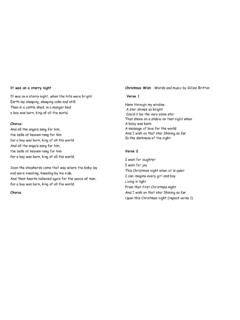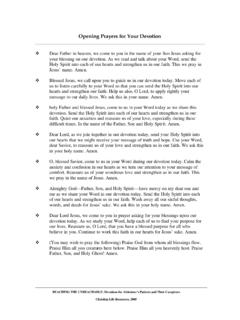Transcription of THE HISTORY OF MONEY From Its Origins to Our Time
1 The HISTORY of HISTORY OF MONEYFrom Its Origins to Our TimeThis was the final draft of the English text of "Une Histoire de l Argent: des origines nos jours" published by Autrement in Paris in November 2007 with a few minor changes in the final French text. I am very grateful to Philippe Godard his editorial support, and to Autrement for allowing me to make the English version accessible here. INTRODUCTIONThis book is about the HISTORY of MONEY : how did it begin? how has it evolved to the present day? what has it enabled humans to achieve? and why do so many people in the world today have problems with it and suffer from the way it works? The book is also about the future: how may MONEY develop further? how might we want it to develop?Humans are the only creatures that use MONEY .
2 Animals and birds and insects and fishes and plants exist together in the world without it. But in human societies the earning and spending of MONEY has become one of the most important ways we connect with one another. Most of us have to have MONEY . We need to get enough coming in to match what we need to pay out. We all need to understand at least that much about MONEY . But there is more to it than that. Over the centuries, MONEY has reflected changes in politics and government, in economic life and power, in science and technology, in religious and other cultural beliefs, in family and neighbourhood life, and in other aspects of how we live. And it has not just reflected those changes; it has also helped to bring them about.
3 Knowing something about how that has happened can help us to see how the role of MONEY in people's lives may continue to change, and how we think it should change, as an aspect of the future of our "global village". For young people growing up in the early 21st century this could be more important than ever 1 Prehistoric Times and the Birth of CoinsLike many Inuits in North-West Canada, Pierre Tlokka lived by hunting. In 1970 a big company planned to build an oil pipeline through his hunting grounds. He was asked if that would hurt him. He answered, "Yes. The white people always have some MONEY in the bank. But I never have any MONEY in the bank. The only bank I can imagine is the wild animals living in Nature where I can hunt them. That's my bank. That's my savings account right there".
4 MONEY may have played some part in Pierre Tlokka's life - for buying a gun perhaps. But what he said takes us back to the Bible story of Adam and Eve in the Garden of Eden. There is no mention of MONEY there. Adam and Eve got everything free from Nature. So did prehistoric people for thousands of HISTORY of gradually developed out of various different features of early societies, such as ceremonies and feasts, or compensation for killing a man or a bride-price for marrying a woman. Objects of gold and silver were used in religious activities, as sacrifices and gifts to gods and priests and priestesses. They were also used to pay tribute to kings in Babylon and Pharaohs in Egypt. Bank accounts are a key feature of our MONEY system today.
5 Their origin and the origin of writing arose from the need to keep accounts of the grain and other commodities deposited in royal palaces and temples. Clay tablets from Babylon have been found recording some of these accounts before 3000 BC, well over a thousand years before objects like primitive coins began to be scholars who study early human societies, like archaeologists and anthropologists, emphasise these social, religious and political Origins of MONEY . But others have thought that MONEY was invented to help trade. One of them was Adam Smith, the Scottish philosopher who visited Voltaire and is often thought of as the father of modern economics. In his book The Wealth of Nations, published in 1776, he notes that human nature has "a propensity to truck, barter and exchange" which is "to be found in no other race of animals".
6 The desire to exchange things is part of human nature. It goes with the "division of labour" as different people specialise in different skills and jobs and careers. According to this view, MONEY came into existence to meet the need for a means of exchange more efficient than order to barter, you have to find someone who wants what you are offering, say a loaf of bread, and is at the same time offering something you want, say a joint of meat; and then you have to agree that the bread and the meat have roughly the same value. Adam Smith instances a butcher and a brewer and a baker. They are all glad to accept the other articles in exchange for the meat or beer or bread which they themselves produce, provided that they need them at the same time.
7 But often things are not as convenient as that. At some point in the development of ancient societies people began to recognise that simple bartering can be cumbersome and slow. If there were some special thing which would be accepted at any time in exchange for any article, that would make the process easier and quicker. That special thing would be MONEY . Before metal coins were invented, ways to pay for things took many forms; hundreds of objects were used as MONEY . In ancient societies of the Mediterranean and Near East they included wheat and barley and cattle. Cowrie shells and bronze and copper copies of them have been used more widely and for longer than any other form of MONEY , from 1600 BC in China to the 20th century AD in Africa.
8 Most unusual are the Yap stones, large cartwheels of carved stone which Yap Islanders in the Pacific were still using in the 1960s as symbols of wealth to be exchanged between villages - as ceremonial gifts, payments for building houses and canoes, arranging marriages, and for permissions to fish in each others waters. In the seventeenth century AD, people accepted wampum (white beads made from clam shells) as MONEY in the US state of Massachusetts and it was widely used in trade with indigenous Americans ("Indians"). Even for a time in the 1940s, people used cigarettes as MONEY in parts of Germany devastated by the Second World War. It is difficult to define exactly what MONEY is. But the great variety of these means of payment shows that MONEY can be whatever people will generally accept in exchange for other things.
9 The Birth of CoinsA thousand years after people in China used bronze and copper copies of cowrie shells as primitive coins, the first proper MONEY , as we think of it now, was the gold and silver The HISTORY of of the 6th century BC. These were produced by the Greeks in Ionia, in the Western part of modern Turkey not very far from the city of Ephesus. In ancient Greek myth and HISTORY two kings in that region, Midas and Croesus, were famous for their gold and to myth, Midas did a favour for Bacchus, the god of wine. In return Bacchus gave him a wish: whatever Midas wished would come true. Midas foolishly wished that everything he touched would turn into gold. He got what he wished. Even his food and wine became gold as he tried to eat and drink. Finally, when he hugged his daughter for comfort, she became a gold statue.
10 So Midas begged Bacchus to cancel his wish. Bacchus agreed and told Midas to wash it away in the river Pactolus. He did, and brought his daughter back to life by bathing her golden statue in the river too. According to the myth, that is why the banks of that river are covered with the story of Midas is a myth, the 5th-century Greek historian Herodotus and very recent archaeological research confirm that Midas was a real historical king, probably in the 8th century; and the alluvial gold in the river Pactolus was real. The wealth and power of Croesus were so great that we still say a very wealthy person is "as rich as Croesus". Herodotus tells us about his life, including the enormous number of gold and silver bowls and statues he presented to the god Apollo and the oracle at Delphi.
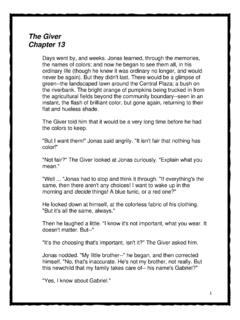
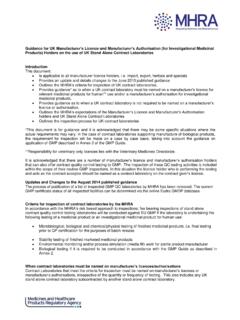

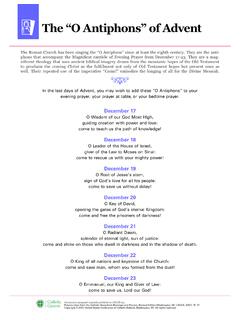

![Epictetus (55-135 C.E.), The Enchiridion [Manual]](/cache/preview/1/5/c/7/f/3/2/6/thumb-15c7f32666c5f32d8b67867743634dc3.jpg)
